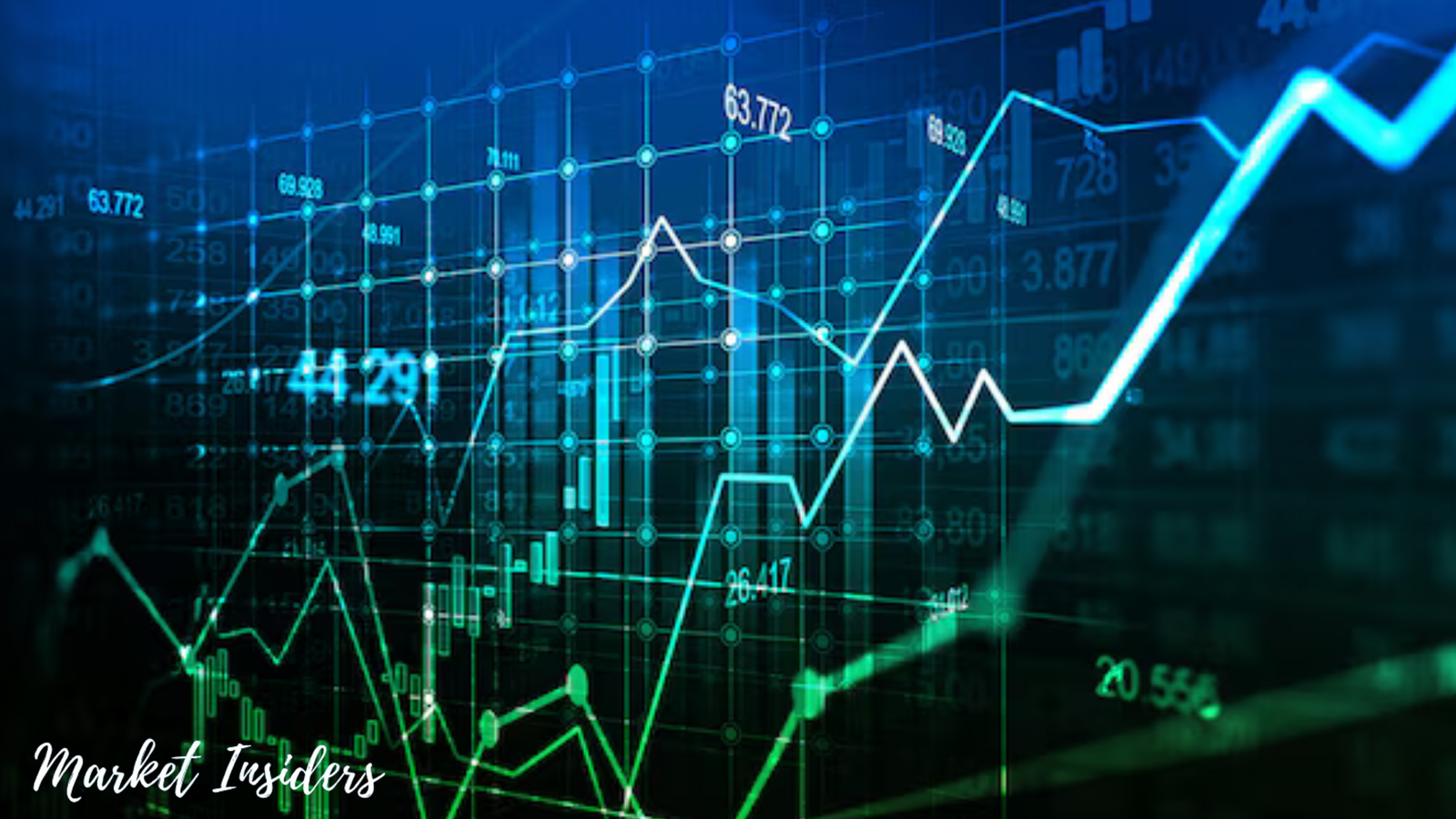When traders enter the financial markets, they often find themselves choosing between two major trading avenues—Forex and Commodities. Both markets offer unique advantages and pose distinct challenges. Successful traders always understand the differences between the two before committing capital. Let’s explore the fundamental contrasts between forex and commodities and help you decide which one suits your trading goals.
What Is the Forex Market?
The Forex (foreign exchange) market allows traders to buy and sell currency pairs. It operates globally and enables traders to profit from fluctuations in currency values. The most traded pairs include EUR/USD, USD/JPY, GBP/USD, and USD/INR.
Banks, governments, multinational corporations, and individual traders participate in forex trading. Unlike stock markets, the forex market runs 24 hours a day, five days a week. You can trade any time—whether you live in New York, London, or Mumbai.
What Are Commodities?
The commodities market focuses on trading physical goods. Traders invest in items like gold, silver, crude oil, natural gas, wheat, and copper. Commodity trading occurs on exchanges like MCX (India), NYMEX (U.S.), and ICE (UK).
You don’t need to buy physical barrels of oil or sacks of wheat. Instead, you trade commodity futures or contracts for difference (CFDs). These instruments let you profit from price changes without owning the commodity.
1. Market Structure and Trading Hours
Forex:
Forex operates as a decentralized, over-the-counter (OTC) market. It has no central exchange. Trading begins with the Sydney session, moves to Tokyo, then London, and ends with New York. This round-the-clock nature gives forex traders flexibility to trade at their preferred time.
Commodities:
Commodities trade through centralized exchanges. These markets follow strict opening and closing times. For example, the Multi Commodity Exchange (MCX) in India operates from 9 AM to 11:30 PM. This schedule restricts trading opportunities to specific hours.
Key Difference: Forex offers 24-hour trading across global sessions. Commodities follow regional exchange hours.
2. Asset Type
Forex:
Forex involves currency pairs. You always trade one currency against another. For example, in the EUR/USD pair, you buy euros and sell dollars simultaneously.
Commodities:
Commodity trading involves tangible goods. You buy and sell based on the expected price of oil, gold, or wheat. The focus shifts from monetary policy to global supply and demand.
Key Difference: Forex deals with currencies; commodities involve raw materials and resources.
3. Influencing Factors
Forex:
Currency prices react to macroeconomic factors like:
-
Interest rate decisions
-
GDP growth
-
Central bank policies
-
Inflation data
-
Geopolitical developments
News events like U.S. Fed announcements or European Central Bank speeches can trigger sharp forex moves.
Commodities:
Commodity prices respond to:
-
Weather conditions (especially in agriculture)
-
Global demand and supply
-
Storage levels (crude oil inventories)
-
Mining output (for metals)
-
Geopolitical tensions (especially in oil-producing nations)
For example, hurricanes in the Gulf of Mexico often disrupt oil production, leading to price spikes.
Key Difference: Forex prices rely heavily on financial data; commodity prices depend on physical market dynamics.
4. Volatility and Liquidity
Forex:
Forex markets offer high liquidity, especially in major pairs like EUR/USD or USD/JPY. You can enter and exit trades easily without much slippage.
Volatility remains relatively moderate in major pairs. However, emerging market currencies like USD/ZAR or USD/INR may experience sharp swings.
Commodities:
Liquidity varies by commodity. Gold and crude oil enjoy high volumes. But lesser-traded commodities (like zinc or cotton) show lower liquidity, leading to bigger price gaps.
Commodities often display higher volatility than forex. A political crisis or a natural disaster can move commodity prices by 5–10% in a single day.
Key Difference: Forex markets offer consistent liquidity; commodities can show extreme volatility based on news or supply shocks.
5. Margin and Leverage
Forex:
Brokers offer high leverage in forex. You can control large positions with a small capital base. For example, with 1:50 leverage, you can trade ₹5,00,000 with just ₹10,000.
Leverage amplifies profits and losses. Traders must use strict risk management strategies.
Commodities:
Leverage in commodities depends on the exchange and the broker. Commodities also allow margin trading, but often with stricter regulations and lower leverage than forex.
Key Difference: Forex typically provides more leverage than commodities, but that also increases potential risk.
6. Trading Costs
Forex:
You pay a spread—the difference between the bid and ask price. Most forex brokers don’t charge commissions, especially in major pairs.
Tight spreads in popular currency pairs make forex cost-effective for high-frequency traders.
Commodities:
In commodities, you pay both spreads and sometimes exchange commissions. Also, the spread can widen significantly during low-volume periods, especially in niche commodities.
Key Difference: Forex offers lower trading costs with tighter spreads; commodities may involve higher fees and wider spreads.
7. Hedging Utility
Forex:
Multinational companies hedge currency risk through forex markets. For example, an Indian exporter receiving payments in USD may hedge against rupee depreciation.
Investors also use forex to hedge their international equity exposure.
Commodities:
Producers and consumers use commodities to hedge. For example, airlines hedge jet fuel costs, and farmers hedge crop prices using futures contracts.
Key Difference: Forex hedges currency-related risks; commodities hedge against price fluctuations in physical goods.
8. Economic Cycles and Market Behavior
Forex:
Currency pairs respond to global monetary policy shifts. During economic downturns, traders flock to safe-haven currencies like the USD, CHF, or JPY.
In bullish economic cycles, risk-on currencies like AUD, CAD, or emerging market currencies perform better.
Commodities:
Commodity prices rise during inflationary periods. Investors buy gold and silver as protection against currency depreciation. Industrial commodities like copper and crude oil surge during economic expansions.
Key Difference: Forex reacts faster to interest rate changes; commodities perform well during inflation and supply-demand imbalances.
Which One Should You Trade?
Your choice depends on your trading style, risk appetite, and market knowledge.
Choose forex trading if:
-
You want access to a 24-hour market
-
You prefer technical trading and economic news-based strategies
-
You can manage leverage and trade frequently
-
You focus on short-term profits and high liquidity
Choose commodity trading if:
-
You want to invest in tangible assets like gold or oil
-
You follow global news on weather, supply chains, and inventories
-
You understand futures and options
-
You want to diversify your portfolio beyond currencies
Conclusion: Know the Market Before You Trade
Both forex and commodities provide excellent trading opportunities. But each market demands a different mindset, strategy, and research approach. Forex thrives on economic data and political news. Commodities respond to natural, physical, and geopolitical factors.
Never jump into either market without preparation. Study charts, track news, use demo accounts, and develop a trading plan. Whether you choose forex, commodities, or both, discipline and risk management will always determine your success.
Choose the market that aligns with your skills and objectives—and trade smart, not just fast.




